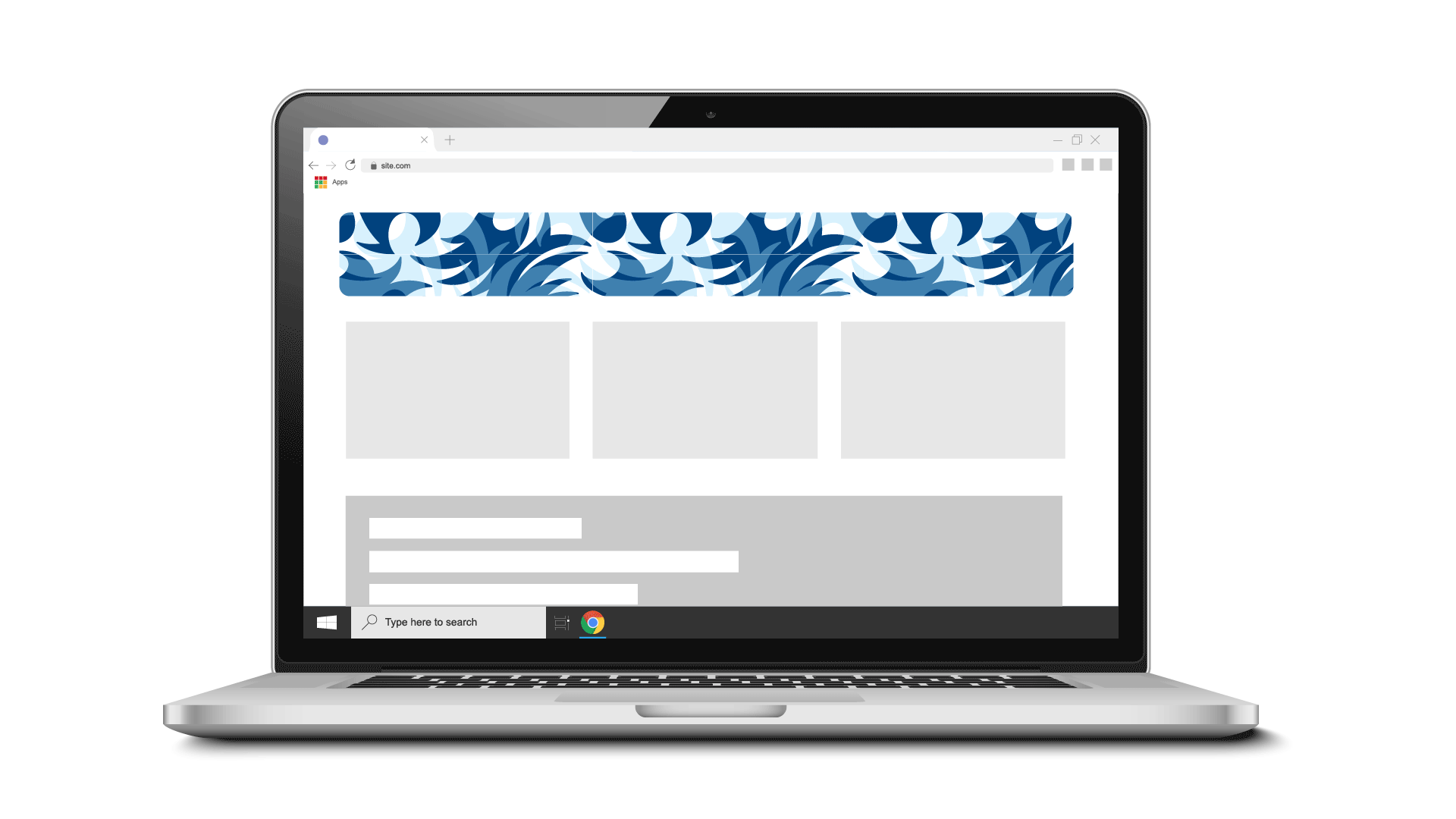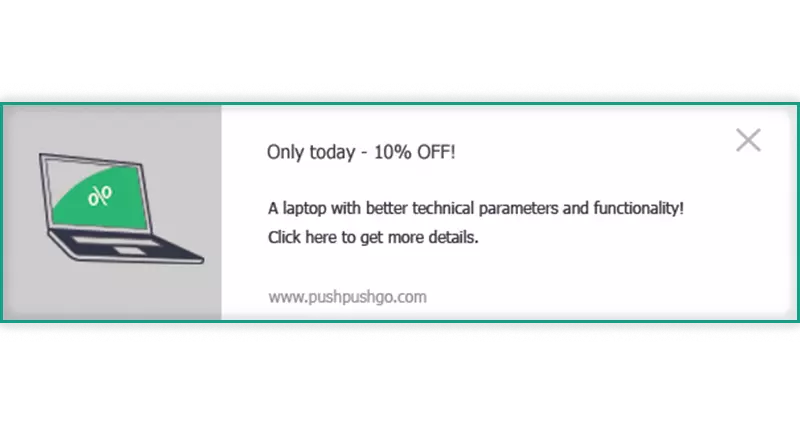Cross-sell vs. upsell. Which strategy is better?
 Weronika Bazarnik
Weronika Bazarnik
The high quality of the product or service is one of the most important factors influencing a company's success. But there’s more to it than that.
Another issue is appropriate sales methods that help you multiply profits from transactions. The content of this article is devoted to two strategies that are able to maximize revenue. Do you know concepts like up-selling and cross-selling? Whether you’re new to the idea or familiar with it already, there’s still much to learn by reading on.
For motivation, just think about making sales to 60-70% of those already interested in your brand and converting 5-10% of completely new customers!
So let’s dive into this important idea from the world of e-commerce!
What is cross-selling?
Cross-selling is based on offering the customer goods that are complementary to other things they have purchased or about to purchase.
Cross-selling is a risk-free chance to boost sales. The worst that can happen is that the suggested product is ignored. The goal of this strategy is to remind the buyer about products that may prove useful and even needed in the near future.
Cross-selling helps to save the customer’s time by making everything available at once. To fully understand this situation, let’s looks at one of the most common examples.
Let’s say you are in a popular chain in the footwear industry. After a long struggle with your own thoughts about buying the right shoes, you go to the cash register to pay for them. At this point, the saleswoman asks:
- Could I recommend our best natural leather protector? Using it will allow you to preserve the appearance of your shoes regardless of weather conditions ...
You think about it. You know that this product may be useful to you, but you’re still not sure. Eventually, you give in and add it to your purchase.
This was cross-selling. While purchasing a basic product, you have decided on a complementary product.
What is up-selling?
Knowing customer preferences, you can come up with a more expensive version of a similar product. This is what up-selling is—the strategy of increasing the value of the goods sold.
In this case, however, it is worth remembering that this method is used when the customer places an order, but the purchase transaction has not yet been made. The goal of up-selling is to persuade the customer to buy a similar but better, and thus more expensive, product.
In the context of this type of strategy, one should start with the product for which the client started searching, and then in a subtle way offer him goods with better adaptation to his needs with greater features and functions. This process should be gradual so that the buyer does not get the impression that something is being "forced" onto him. To illustrate this, let’s try another example.
You come to a shoe store with the intention of buying running shoes. You already have a certain type, but you are looking around the store out of curiosity. A saleswoman approaches you and you say that you came for the Nike Revolution 4 Flyease. The woman brings the goods in the right size and starts a conversation.
Saleswoman: Great choice! The shoes are really functional and everybody says how great they are.
You: I have read lots of positive reviews about them. They are actually very comfortable.
Saleswoman: I understand that they are to be used primarily for running, right?
You: Yes, I run twice a week and go to the gym too. They are great!
Saleswoman: Hmm ... I see that you lead an active lifestyle. While this model has very good features, you might want to try on the Nike Revolution 5. The prices do not differ much, but the sole in this model has additional cushioning. Just to make sure…
And you continue the discussion, as a result of which you leave the store with the Nike Revolution 5. And why? Of course, because this model is simply better and will help you achieve better results.
What was that? It was just up-selling. You bought a product at a higher price, but one that also fits your needs better.
5 ways to effectively cross-sell and up-sell in e-commerce
Here are five things that can help to shape a highly effective strategy for getting the most out of your sales through cross-selling and up-selling.
Choose the most effective method
Since the customer has come to your site and has already made a purchase, you cannot bombard him with millions of notifications and product suggestions. You have to show that you care about his satisfaction, and not only your sales. For this reason, it is worth sticking to only one of the techniques discussed.
You probably won't be surprised that up-selling works twenty times better than cross-selling. When a customer goes to a website with the intention of buying a particular product, they most likely don't want to be distracted by anything. When planning to buy a laptop, he will certainly be more interested in information about the better features of another model than the option of buying add-ons and other little gadgets.
In some cases, however, up-selling is not possible, and a good example is the purchase of hair shampoo. In this situation, proposing a product that costs just a little more does not make sense, but perhaps suggesting a conditioner, mask or similar product will be enough to increase the cart value.
Make offers that fit
Your suggestion must correspond to the needs of customers based on what you know about them. It’s important to listen to the signals customers send you. In order to best meet their expectations, listen to what they’re telling you in the form of their search, view and purchase histories.
Be fair
If you undermine the confidence customers have in you, sooner or later it will disappear altogether. The more honest and open you are in your suggestions, the greater the chance to build a valuable and lasting relationship. This applies not only to face to face meetings but also to chat or telephone conversations.
If you decide to push cross-selling or up-selling, be honest in your communication. Transparency in prices, contracts, and other elements will help you build a relationship and even increase transaction efficiency.
Show the value of products and services you suggest
Once you have determined that a cross-selling or up-selling offer makes sense for a given customer, you have to be able to present its full value. In this situation, you can use examples such as case studies, testimonials and positive customer comments, which is everything that visualizes the benefits for the buyer. If you have data on the increase in KPIs that a customer can achieve through your product or service, share it. Numbers are always the most convincing.
Offer rewards for loyalty
If you managed to close the sale using one of these strategies, then congratulations! However, remember that this is not the end of your work.
In a situation where the customer has taken an additional step and left more money in your store than they planned to, take the initiative and take care of this relationship. You can thank customers in many ways, through a personal letter, a symbolic gift, or a rebate code for subsequent purchases. Deciding on such activities, you will make the client feel appreciated and trust your intentions, creating the foundations for a good relationship going forward.
Cross-selling and up-selling with web push notifications
You also need to consider the selection of the appropriate tools that will help in the implementation of both these techniques. This is where web push notifications come in. I’ll use some examples to help visualize them. Let's start with the role of notifications in cross-selling.
Imagine you have just added a pair of work shoes to your basket. After a short time, you will receive a web push notification with a link to shoe care products that will help you take care of your new purchase. Without thinking too long, you click and buy both products.

Test web push notifications - for free!
Sound familiar? It should. Earlier, I used an almost identical example, except that the shoe shop clerk served the same purpose as the web push notifications.
Time for up-selling with the following example.

The situation is similar.
You've just added a pair of sports shoes to your cart. At some point, your attention is drawn to the web push notification, which has a link to a similar, but better model. You click on it out of curiosity and what do you discover? The product suggested by the store is slightly more expensive, but better fits your needs. As a result, you buy shoes that you didn't even consider before.
This is cross-selling and up-selling in its purest form. Web push notifications are an excellent tool that allows you to fully use the potential of both techniques. Thanks to a well-structured strategy you can easily reach customers and build a relationship with them. And the conversion path? You'll find that it will become much shorter.
Cross-selling vs up-selling. Which way do you go?
I hope that after reading this article you have no doubt when it comes to choosing one of these techniques. However, just to be safe, let me sum up this topic in general terms.
The choice of strategy is largely dependent on the assumptions as well as the sales strategy you have. Based on your offer, you have to decide which technique to use. However, following the principles mentioned above, I believe that you will make the right decision. Good luck!

Content Marketing Specialist @ PromoTraffic
Weronika is a creative and vibrant Content Marketing Specialist. She hates monotony, so her life revolves around advertising, PR, energetic salsa and relaxing yoga.
Try PushPushGo to engage and connect with your audience.
Create an account and start testing!




-doq5lydusg.webp)
